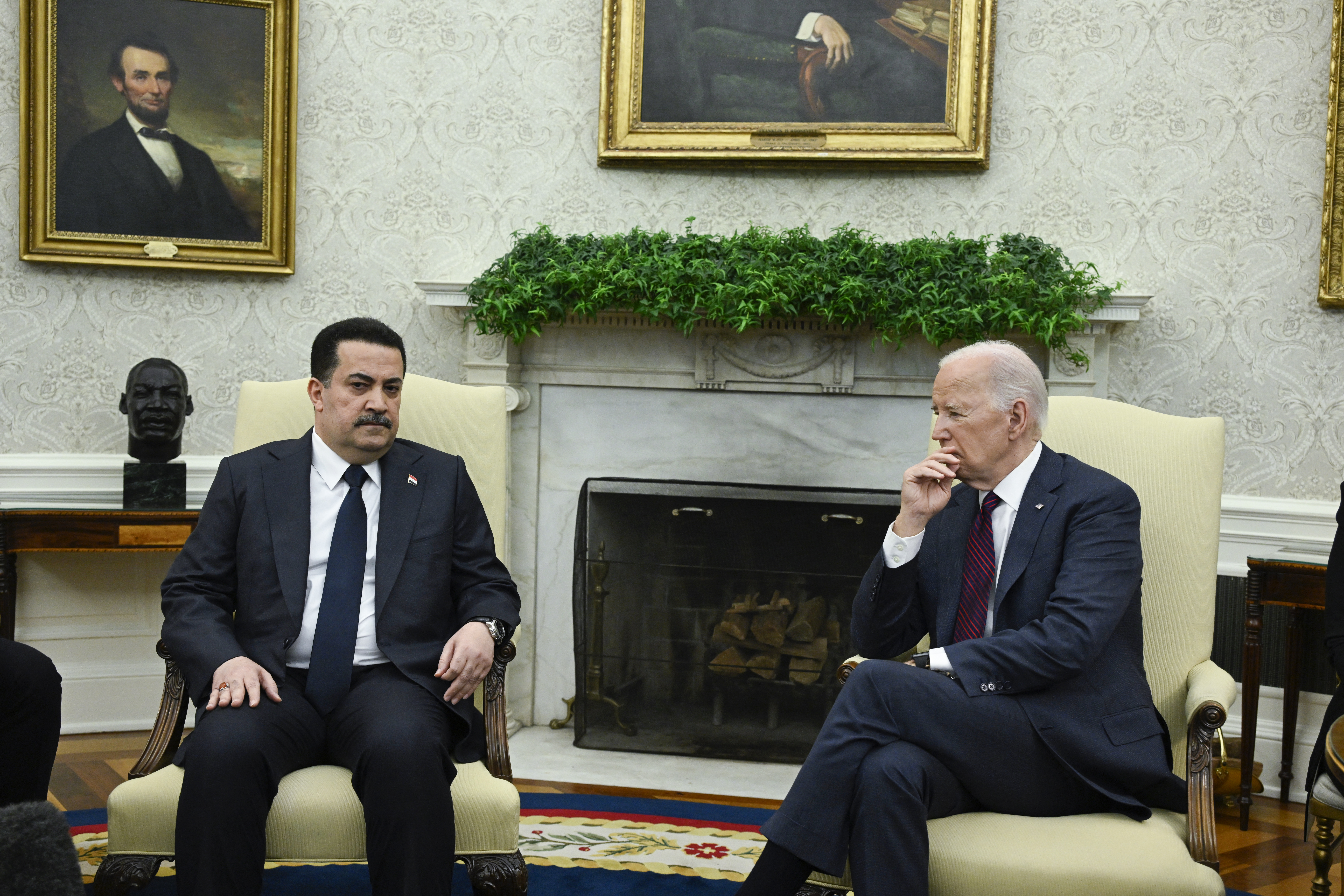Iraq: International Medics Treat Injured Protesters in Baghdad

Strategic Edge medics have been working alongside local medical professionals and volunteers in Baghdad since the last week of October. Our work provides first-hand verification of the types of crowd dispersal methods used by Iraqi riot and security forces against protesters. Proof is demonstrated by the injury patterns of casualties that we treated, as well as directly witnessing the use of tear gas with devastating effects. Our patients also report on more gruesome injuries suffered by their colleagues, such as a young protester who got shot with a tear gas canister straight in the head, lodging into his skull and blowing up in his face. There is no describing the outrage and despair that engulfed the crowd in moments like these.
Daytime around Tahrir Square in Baghdad takes on the character of a street parade, except for moments when violent crowd dispersal resumes. Popular activities include painting evocative murals on the walls of the underpass. Streams of people from all walks of life, of all ages, flow up and down the streets and circle the square. Families come to join what they call a historic event, young children in tow. Students, employees, shop owners, and street roamers all walk shoulder to shoulder, waving the Iraqi flag or wearing it as a cape around their shoulders.
Tuktuk drivers, once overlooked in society as low income earners or traffic-causing nuisance elements, are now regarded as modern-day heroes. Medics relied on them as mini-ambulances. They brave the teargas attacks and drive as close to the frontline as possible to pick up injured protesters and rush them to street clinics or, at times, straight to the hospitals farther away.
Street clinics have sprung up throughout the protest district, staffed by medical students, pharmacists, and dentists who left their schools and day jobs behind to provide life-saving stabilization of casualties, ranging from minor injuries to critical trauma care. Pharmacists donate boxes of drugs and medical products. Cartons of saline, salbutamol inhalers, and a variety of bandages are distributed to anyone with the minimum knowledge of using them.
Majority of these clinics are found at a relatively safe distance from the areas of attack. A handful of daring medical teams, however, set up their clinics closer to the critical areas such as bridges and river banks, working in dug-out holes in the sandy shore, or crouched behind low concrete barrers.
As the sun goes down, the mood shifts to one that is both somber and frantic, at times even ominous, as protesters gear up for dispersal attacks that will peak closer to midnight. Riot police positioned at vantage points atop the bridge shoot teargas at the crowds below. Protesters camped out by the river provoke them with laser lights, luring the attacks away from the square where women and children are present. Amnesty International has criticized the Iraqi government forces for unrestrained use of combat-grade teargas on unarmed civilians. The higher levels of toxicity proved deadly, evidenced by the severe respiratory distress, extreme salivation, and loss of consciousness we have been treating at the street clinics.
The youth are the driving force of this protest movement. What started out to be a complaint against government corruption, joblessness, and lack of social services has metamorphosed into a higher level of demand - the aspirations for a better Iraqi society where freedom and human rights are enjoyed by all citizens, and free from the intervention of outside influence. The picture on the streets is that of a population comprised of all backgrounds and religious affiliations who have woken up and decided to be one people. The youth found vigor in their renewed sense of pride and national identity.
Being a medical volunteer is hazardous in itself. Attacks against medical responders are rampant, and anyone wearing a white lab coat is fair game. Spies roam among the protesters and report back to the security forces. A female medical worker was abducted from the bridge and the campaign to locate her has yielded no results. During our night shift, one of the field clinics was attacked by security forces, who started arresting volunteers and beat up one doctor. The attack on medical workers presents a clear violation of international law.
The need for medical volunteers continues to intensify as harsher government response produces a steady stream of casualties with rising seriousness of trauma injuries. Medical personnel responding to the call for volunteers are advised to conduct a thorough risk assessment and take the necessary safety and security precautions. They should be prepared to confront advanced airway and breathing complications, treatment of teargas victims with similarities to exposure to chemical agents, and cases of massive bleeding in areas where live ammunition is used. Wounds caused by contact with flash bangs are also common, along with minor injuries such as cuts and sprains.
For more information and advise, please contact: info@strategic-edge.ch info@strategic-edge.ch / www.strategic-edge.ch

